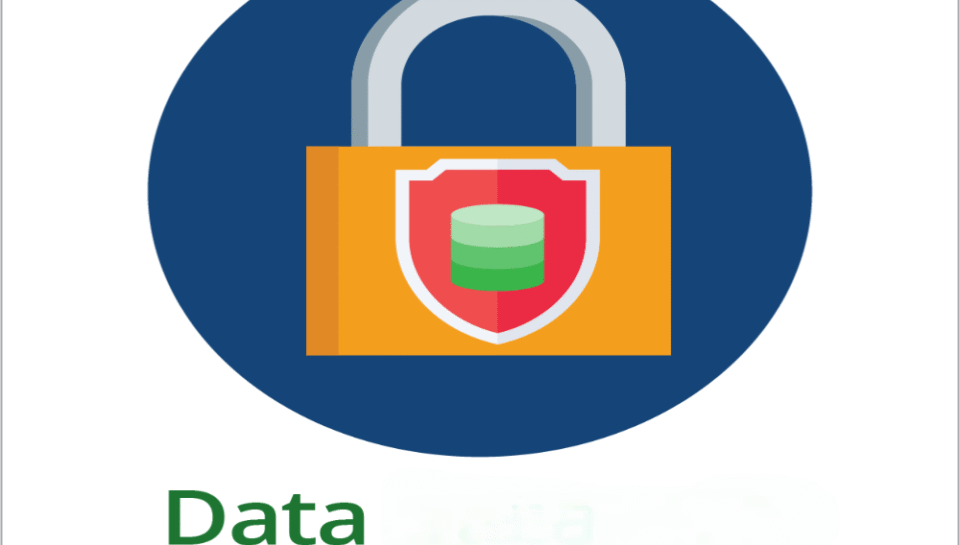
How is data confidentiality ensured during design?
Access Control and Role-Based Restrictions
- Only authorized personnel are allowed to access ID data.
- Role-based permissions limit who can view, edit, or export files.
- Sensitive data fields are masked from non-essential users.
- Unique user credentials are required for system access.
- Access logs track who accessed or modified information.
Secure Handling of Personal Information
- Employee photos, names, and identification numbers are encrypted.
- Data is never shared through unsecured or public channels.
- Personal details are inserted through secured input forms.
- Information is not embedded in editable layers of card files.
- Printed cards are matched carefully to intended recipients.
Use of Encrypted Data Transmission
- Files are transferred only over encrypted channels.
- Designs and data templates are protected by secure links.
- QR and barcode data are encoded with encryption layers.
- Draft versions avoid containing actual personal data.
- Watermarked placeholders are used during mock-up stages.
Controlled Printing and Storage Processes
- Printers are operated in secure, supervised environments.
- Blank cards and printed outputs are inventory-controlled.
- Rejected or surplus cards are shredded or destroyed.
- Storage devices containing design data are password protected.
- Temporary files are deleted after completion of print jobs.
Design Protocols for Data Minimization
- Only necessary information is displayed on the card.
- Confidential internal fields are stored digitally, not printed.
- Dynamic fields are populated at the final printing stage.
- Reuse of sensitive data is avoided across unrelated templates.
- Each design is reviewed for privacy compliance before use.





